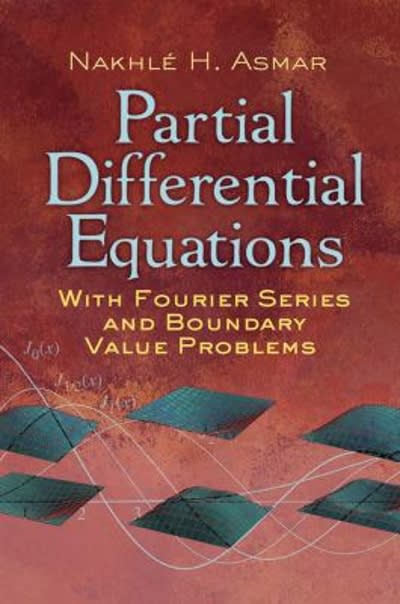Using the information provided,
- Do there appear to be any erroneous entries? Where?
- Are there any extreme outliers? What participants might have answers considered "extreme"?
- Using the skewness numbers, which variables are skewed?
- Create box-and-whiskers plots for the given data.
Statistics highest educ source of sex age marital status child completed stress smoker N Valid 439 439 439 438 439 422 436 Missing 0 0 0 1 17 3 Mean 1.58 37.39 3.37 1.58 4.13 3.41 1.81 Std. Error of Mean .024 634 084 024 071 .142 019 Median 2.00 36.00 4.00 2.00 4.00 1.00 2.00 Mode 2 21 4 2 5 1 2 Std. Deviation 499 13.293 1.759 495 1.491 2.919 .397 Variance .249 176.695 3.092 .245 2.225 8.523 .157 Skewness -.273 .564 296 -.315 3.775 651 -1.545 Std. Error of Skewness 117 .117 .117 .117 .117 .119 .117 Range 2 80 7 1 21 8 1 Sum 694 16414 1480 691 1814 1439 787sex MALES 185 42.1% FEMALES 253 57.6% 3 0.2%marital status 200 Mean = 3.37 Std. Dev. = 1.759 N = 439 150 Frequency 100 50 L 0 2 4 6 8 10 marital statuschild 400 Mean = 1.58 Std. Dev. = .495 N = 438 300 Frequency 200 100 5 1.0 1.5 2.0 2.5 childFrequency '12!!! \"ID ED 5D 4n highest educ completed \"ID 15 2!] highest educ completed 25 Mean = 4.13 Std.Dev.=1.491 N = 439 source of stress 250 Mean = 3.41 Std. Dev. = 2.919 N = 422 200 150 Frequency 100 50 0 2 4 6 8 10 source of stresssmoker 500 Mean = 1.81 Std. Dev. = .397 N = 436 400 300 Frequency 200 100 .5 1.0 1.5 2.0 2.5 smokerage N 2 1 0.2% 18 6 1.4% 19 5 1.1% 20 7 1.6% 21 22 5.0% 22 20 4.6% 23 16 3.6% 24 17 3.9% 25 12 2.7% 26 13 3.0% 27 15 3.4% 28 10 2.3% 29 5 1.1% 30 8 1.8% 31 15 3.4% 32 9 2.1% 33 12 2.7% 34 7 1.6% 35 14 3.2% 36 18 4.1% 37 10 2.3% 38 8 1.8% 39 7 1.6% 40 7 1.6% 41 13 3.0% 42 11 2.5% 43 4 0.9% 44 10 2.3% 45 9 2.1% 46 13 3.0% 47 8 1.8% 48 17 3.9% 49 10 2.3% 50 13 3.0% 51 6 1.4% 52 0.9% 53 0.9% 54 5 1.1% 55 6 1.4% 56 6 1.4% 57 3 0.7% 58 3 0.7% 59 -S 0.2% 60 5 1.1% 61 2 0.5% 62 2 0.5% 63 3 0.7% 64 1 0.2% 65 2 0.5% 66 2 0.5% 67 2 0.5% 68 2 0.5% 69 0.2% 70 2 0.5% 74 0.5% 75 0.2% 78 0.2% 1 0.2%source of stress N % WORK 224 51.0% SPOUSE OR PARTNER 12 2.7% RELATIONSHIPS 12 2.7% CHILDREN 25 5.7% FAMILY 27 6.2% HEALTH/ILLNESS 20 4.6% LIFE IN GENERAL 32 7.3% 8 54 12.3% 16 3.6% Missing System 17 3.9%marital status N % SINGLE 105 23.9% STEADY RELATIONSHIP 37 8.4% LIVING WITH PARTNER 37 8.4% MARRIED FIRST TIME 189 43.1% REMARRIED 30 6.8% SEPARATED 10 2.3% DIVORCED 24 5.5% WIDOWED 1.6%child N % YES 185 42.1% NO 253 57.6% Missing System 0.2%highest educ completed N % PRIMARY 0.5% SOME SECONDARY 52 11.8% COMPLETED 85 19.4% HIGHSCHOOL SOME ADDITIONAL 120 27.3% TRAINING COMPLETED 123 28.0% UNDERGRADUATE POSTGRADUATE 56 12.8% COMPLETED 22 0.2%smoker N % YES 85 19.4% NO 351 80.0% Missing System 3 0.7%sex 400 Mean = 1.58 Std. Dev. = .499 N = 439 300 Frequency 200 100 .5 1.0 1.5 2.0 2.5 3.0 3.5 sexage 100 Mean = 37.39 Std. Dev. = 13.293 N = 439 80 60 Frequency 40 20 -20 20 40 60 80 100 age





















